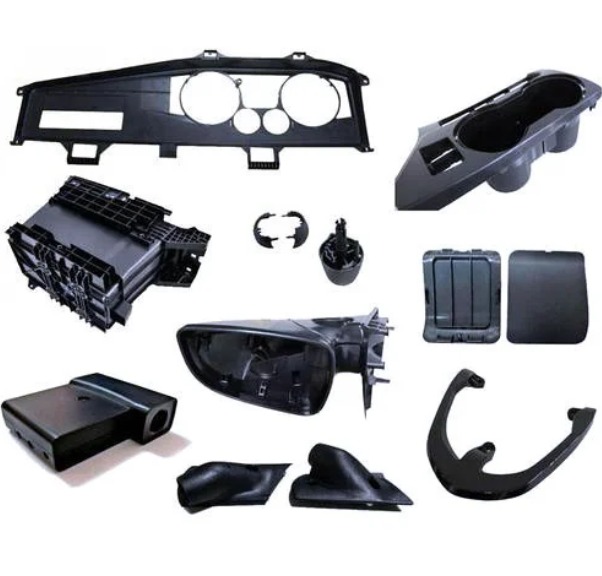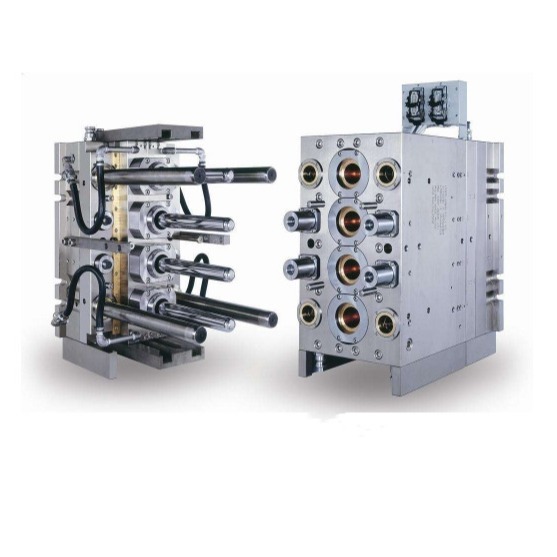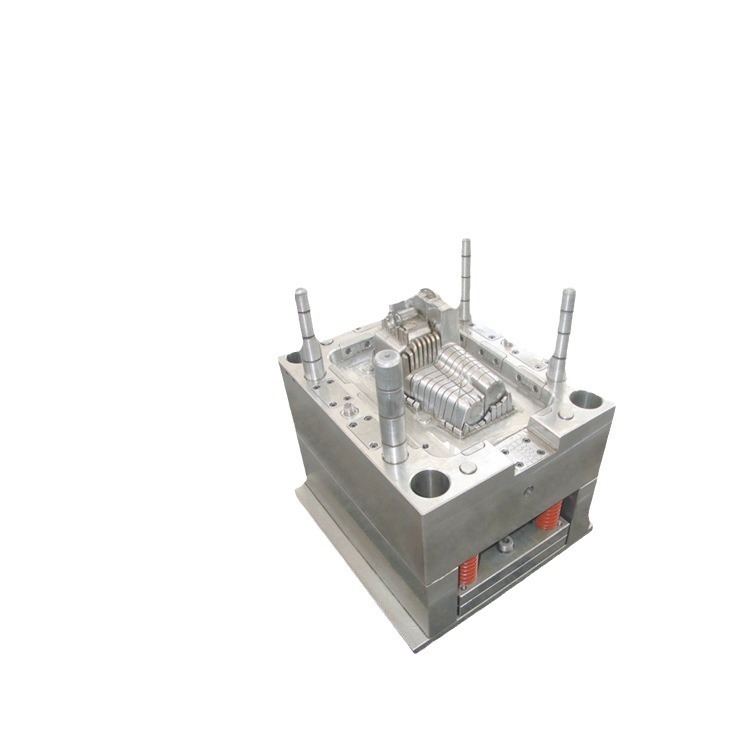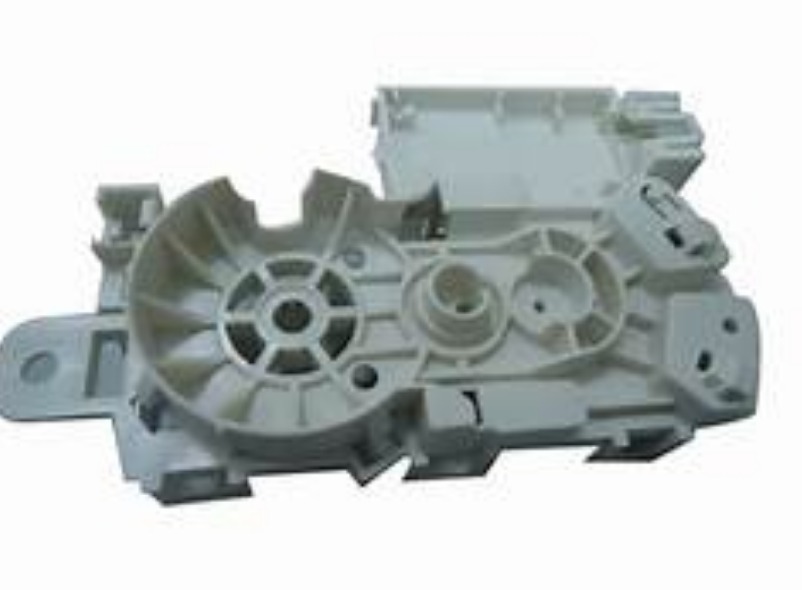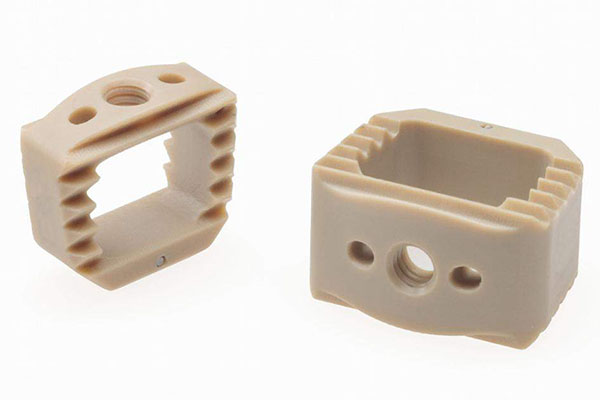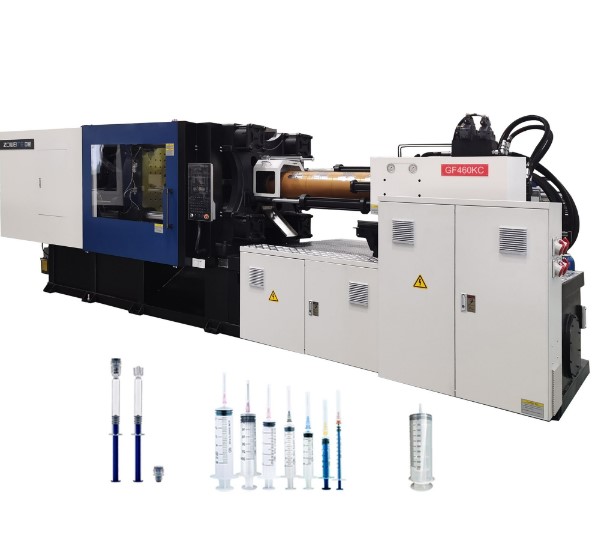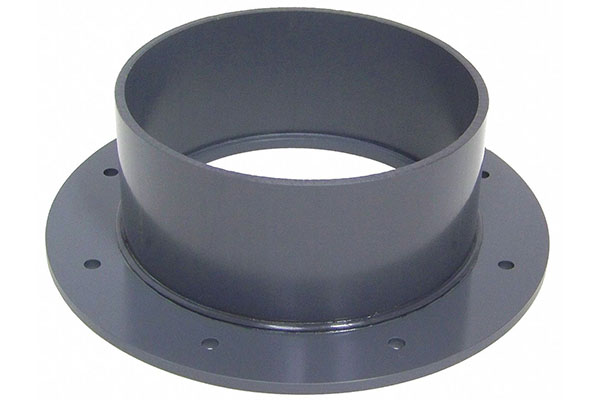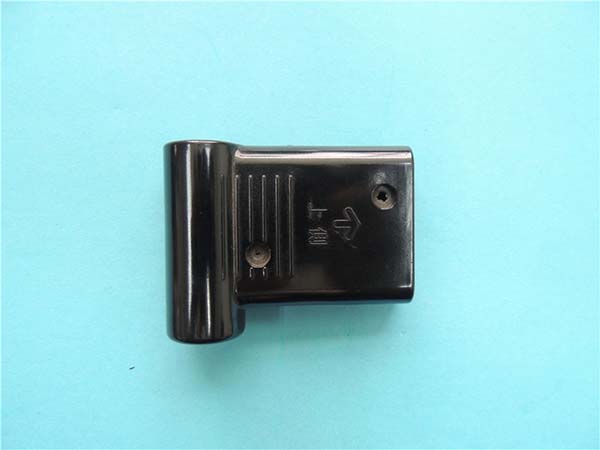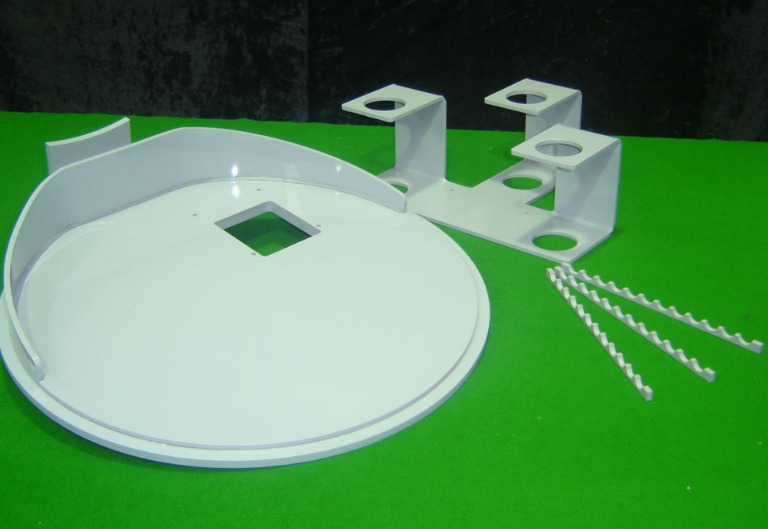Introduction
In the ever - evolving landscape of modern manufacturing, Insert Molding Injection has emerged as a revolutionary technique, playing a pivotal role in enhancing the efficiency and quality of product manufacturing. This article delves deep into the world of Insert Molding Injection, exploring its fundamental concepts, applications, advantages, challenges, and future prospects.
Definition and Basics of Insert Molding Injection
Insert Molding Injection is a specialized manufacturing process that combines the versatility of plastic injection molding with the strength and functionality of pre - formed inserts. In this process, pre - prepared inserts made of materials such as metal, glass, or other plastics are placed into a mold cavity. Then, molten plastic is injected into the mold, filling the spaces around the inserts. As the plastic cools and solidifies, it bonds with the inserts, creating a single, integrated component.
The inserts can serve various purposes. For example, metal inserts can provide added strength, electrical conductivity, or heat dissipation capabilities to the final plastic product. Glass inserts might be used to enhance optical properties or dimensional stability. This process allows manufacturers to create complex, multi - material components in a single molding operation, reducing the need for multiple assembly steps.
The Process of Insert Molding Injection
Step - by - Step Breakdown
- Insert Preparation: First and foremost, the inserts are carefully prepared. This involves ensuring that they are of the correct size, shape, and surface finish. For metal inserts, they may need to be pre - machined to have precise dimensions. Surface treatments such as cleaning, degreasing, or even applying a primer to enhance adhesion with the plastic might also be carried out. For example, if the insert is a small metal pin to be used in a plastic electronic component, it must be free of any contaminants that could prevent proper bonding with the plastic.
- Insert Placement in the Mold: Once the inserts are ready, they are precisely placed into the mold cavity. This step requires high precision to ensure that the inserts are in the correct position and orientation. In some cases, special fixtures or automated placement systems are used to achieve accurate positioning. For instance, in the production of plastic - encased metal connectors, the metal connectors (inserts) need to be placed in the mold with extreme accuracy so that the plastic can properly encapsulate them and create a functional connection point.
- Resin Injection: After the inserts are in place, molten plastic resin is injected into the mold cavity. The injection process is carefully controlled in terms of pressure, speed, and temperature. High - pressure injection is often used to ensure that the molten plastic fills all the spaces around the inserts completely, even in complex - shaped mold cavities. The temperature of the resin is set according to the type of plastic being used. For example, for ABS plastic, the injection temperature is typically in the range of 200 - 250°C.
- Curing and Solidification: As the molten plastic fills the mold, it begins to cool and solidify around the inserts. This curing process is crucial as it determines the final strength and integrity of the composite part. Cooling channels within the mold are used to control the rate of cooling. If the cooling is too fast, it may cause internal stresses in the part, leading to warping or cracking. On the other hand, if it is too slow, it can increase the production cycle time.
- Demolding: Once the plastic has fully solidified, the part is ejected from the mold. This is usually done using ejector pins or other mechanical means. The demolding process must be carefully designed to avoid damaging the part or the inserts. For example, in the production of large plastic parts with multiple inserts, a well - engineered ejector system is required to ensure that the part is removed smoothly without any breakage.
Key Equipment and Tools Involved
- Injection Molding Machine: This is the central equipment in insert molding injection. It is responsible for melting the plastic resin, injecting it into the mold at high pressure, and controlling the injection process parameters such as pressure, speed, and temperature. Injection molding machines come in various sizes and capacities, with clamping forces ranging from a few tons to several thousand tons, depending on the size and complexity of the parts being produced.
- Mold: The mold is a custom - designed tool that determines the shape of the final product. It consists of two halves (the fixed and the movable half) that come together to form the cavity where the inserts are placed and the plastic is injected. Molds are typically made of high - strength steel or aluminum alloys to withstand the high pressures and temperatures during the injection process. They are often precision - machined to ensure tight tolerances and accurate replication of the part design.
- Insert Placement Fixtures: These are specialized tools or devices used to accurately position the inserts within the mold. They can range from simple jigs to complex automated robotic systems. Insert placement fixtures help to improve the efficiency and accuracy of the insert placement process, reducing the likelihood of errors and ensuring consistent quality in the final products.
- Cooling System Components: To control the cooling of the molten plastic during the curing process, a cooling system is integrated into the mold. This system includes components such as cooling channels, water pumps, and temperature controllers. Cooling channels are strategically designed within the mold to ensure uniform cooling of the plastic, preventing hot spots and minimizing the risk of part defects.
Factors Affecting Efficiency in Insert Molding Injection
Mold Design
Design Principles for Efficiency
Efficient mold design is the cornerstone of successful insert molding injection. One of the key principles is the design of the runner system. A well - designed runner should ensure balanced and smooth flow of the molten plastic. For example, using a hot runner system can reduce the amount of wasted plastic in the runner, as it keeps the plastic in a molten state throughout the injection process. This not only saves material but also shortens the cycle time, as there is no need to wait for the runner plastic to cool and solidify before ejecting.
Another important aspect is the design of the insert - positioning structure. The mold should have features that allow for easy and accurate placement of the inserts. This could include precision - machined cavities, alignment pins, or magnetic holders for metal inserts. These features ensure that the inserts are in the correct position during injection, reducing the risk of misalignment and improving the quality of the final product.
Case Studies of Good and Bad Mold Designs
Consider a case in the production of plastic - encased metal connectors. In a well - designed mold, the runner system was optimized with a balanced multi - cavity layout and a hot runner. The insert - positioning mechanism was a combination of mechanical fixtures and magnetic alignment. This allowed for high - speed production with a cycle time of only 15 seconds per part. The parts had consistent quality, with minimal defects such as misaligned inserts or incomplete fills.
In contrast, a poorly designed mold for the same product had a cold runner system with an unbalanced layout. The insert - positioning was based on simple grooves, which were not precise enough. As a result, the cycle time was extended to 30 seconds per part due to the need to remove and recycle the solidified runner plastic. Moreover, the defect rate was high, with around 10% of the parts having misaligned inserts or other issues, leading to increased production costs and lower efficiency.
Material Selection
Compatibility of Insert and Resin Materials
The compatibility between the insert material and the resin material is of utmost importance. When the two materials are not compatible, it can lead to a host of problems. For example, if a metal insert and a plastic resin have different coefficients of thermal expansion, during the cooling and solidification process, the differences in contraction rates can cause internal stresses in the part. These stresses may lead to warping, cracking, or even separation of the insert from the plastic matrix.
In the case of a plastic - metal composite component used in an automotive engine part, the wrong choice of plastic resin for the metal insert resulted in the failure of the bond between the two materials after exposure to high - temperature engine conditions. This led to component failure and costly recalls.
Impact of Material Properties on Process Efficiency
Material properties such as the fluidity (melt flow index) (MFI) and the shrinkage rate of the plastic resin plays a significant role in process efficiency MFI has better liquidity which allows it to fill the mold cavity more quickly and easily, reducing the injection time. However, if the MFI is too high, it may cause issues such as flash (excess plastic in unwanted areas) or poor surface finish.
On the other hand, the shrinkage rate of the plastic affects the dimensional accuracy of the final product. A high - shrinkage resin may require longer cooling times to ensure that the part reaches its final dimensions without warping. For example, polypropylene (PP) has a relatively high shrinkage rate compared to some other plastics like acrylonitrile - butadiene - styrene (ABS). When using PP in insert molding, more precise control of the cooling process and mold design adjustments may be needed to account for the shrinkage, which can impact the overall production efficiency.
Process Parameters
Injection Pressure, Temperature, and Time
Injection pressure, temperature, and time are critical process parameters in insert molding injection. Injection pressure determines whether the molten plastic can fill the mold cavity completely, especially around the inserts. For small and complex - shaped inserts, a higher injection pressure may be required. However, too high a pressure can cause problems such as over - packing (excessive plastic in the part), which may lead to high internal stresses and part deformation. A general range of injection pressure for common plastics like ABS is 80 - 140 MPa (800 - 1400 bar), but this can vary depending on the specific product design and material.
Injection temperature affects the viscosity of the molten plastic. A higher temperature reduces the viscosity, making the plastic more flowable. For example, for a nylon - based resin, the injection temperature is typically in the range of 250 - 280°C. But if the temperature is too high, it can cause the plastic to degrade or burn, while too low a temperature may result in incomplete filling and poor bonding with the inserts.
Injection time is also crucial. It should be long enough to ensure that the mold is completely filled but not so long that it increases the overall cycle time unnecessarily. The injection time is often a small fraction (around 6.7% - 10%) of the total cycle time, with the majority of the time being taken up by the cooling process.
Optimization of Parameters for Different Products
The optimization of these parameters depends on the specific requirements of different products. For a thin - walled plastic part with small inserts, a higher injection speed and a relatively lower injection pressure may be used to quickly fill the mold and prevent the inserts from moving. The injection temperature may be adjusted to ensure good flowability of the plastic without over - heating it.
Conversely, for a thick - walled product with large inserts, a slower injection speed and a higher injection pressure may be needed to ensure even filling and proper bonding. The cooling time will also be longer for thick - walled parts to prevent internal voids and ensure dimensional stability. In some cases, multiple - stage injection may be used, where the injection pressure and speed are adjusted during the filling process to optimize the flow of the plastic around the inserts and into different sections of the mold.
Comparing Insert Molding Injection with Other Molding Methods
Injection Molding
Insert Molding Injection and traditional injection molding are related but have distinct differences. Here is a comparison in tabular form:
| Aspect | Insert Molding Injection | Injection Molding |
| (Cycle Time) | Typically longer due to the additional step of insert placement. For complex parts with multiple inserts, the cycle time can be 30 - 60 seconds or more. | Shorter, usually ranging from 10 - 30 seconds for simple parts. High - speed injection molding can achieve even shorter cycle times for high - volume production of basic plastic components. |
| (Mold Cost) | Higher. The mold needs to be designed to accurately position and hold the inserts, which requires more complex machining and precision engineering. Special features like insert - positioning fixtures add to the cost. | Relatively lower for standard molds. However, molds for complex shapes may still be expensive, but without the added complexity of insert - related design elements. |
| (Product Precision) | Very high. The inserts are precisely placed, and the injection process ensures that the plastic bonds accurately to the inserts, resulting in parts with tight tolerances, often within ±0.05 - 0.1 mm. | High, but may have slightly larger tolerances in some cases, typically around ±0.1 - 0.2 mm for standard injection - molded parts. |
| (Applicable Product Types) | Ideal for products that require a combination of materials for enhanced functionality, such as metal - reinforced plastic components in automotive or electronic devices. | Suitable for a wide range of plastic products, from simple consumer goods like plastic containers to complex plastic housings for electronics. |
| (Material Waste) | Lower in terms of overall component waste as the integration of inserts reduces the need for additional assembly parts. However, there may be some waste during insert preparation. | Can have more waste in the form of runner systems (if not using a hot runner), especially for complex molds with long runners. |
For example, in the production of plastic - metal composite connectors, insert molding injection is essential to ensure the proper connection and functionality of the metal contacts within the plastic housing. Traditional injection molding would not be able to achieve the same level of integration and performance for such a product.
Overmolding
Overmolding and insert molding injection also have notable differences in terms of process, application scenarios, and advantages:
| Aspect | Insert Molding Injection | Overmolding |
| (Process Description) | Inserts are placed in the mold first, and then plastic is injected around them. The inserts are usually pre - formed components with specific functions. | In overmolding, a pre - molded part (either the same or a different material) is placed in the mold, and a second layer of plastic is molded over it. The focus is on adding an additional layer for protection, functionality, or aesthetics. |
| (Application Scenarios) | Common in applications where different materials need to be combined for mechanical, electrical, or thermal properties. For instance, in the production of power tools, metal inserts are used in plastic bodies for added strength and to attach components. | Used in applications such as adding a soft - touch grip to a hard plastic tool handle (e.g., a screwdriver), or encapsulating an electronic component with a protective plastic layer. It is also popular in the production of medical devices for creating biocompatible outer layers over internal components. |
| (Advantages) | Allows for the creation of highly integrated components with a combination of properties from different materials. Reduces the need for multiple assembly operations, improving production efficiency in the long run. | Enhances the functionality of the base part by adding features like improved grip, better protection, or enhanced aesthetics. Can also provide a way to re - use or upgrade existing components by adding a new layer of material. |
| (Potential Challenges) | Ensuring proper adhesion between the insert and the plastic can be difficult if the materials are not compatible. Insert placement accuracy is crucial. | Achieving uniform thickness of the overmolded layer can be challenging. There may also be issues with the adhesion between the two layers, especially if the surface of the base part is not properly prepared. |
For example, in the production of mobile phone cases with integrated metal - like texture inserts for a premium look, insert molding injection is used. In contrast, overmolding is used when adding a rubberized anti - slip layer to the back of a mobile phone case.
Yigu Technology's Perspective
As a non - standard plastic metal products custom supplier, Yigu Technology highly values the power of Insert Molding Injection. We firmly believe that this technology offers significant advantages in achieving complex product designs and enhancing product performance.
Our professional team, with in - depth knowledge and rich experience in the field, is proficient in handling various insert molding injection projects. We have a comprehensive understanding of different materials and their compatibility, which enables us to select the most suitable insert and resin combinations for our clients' specific requirements.
Equipped with advanced equipment, we can ensure high - precision insert placement and efficient injection processes. From the initial design stage to the final production, we provide a one - stop solution. During the design phase, our engineers use state - of - the - art software to optimize mold designs, taking into account factors such as insert positioning, runner systems, and cooling channels. This ensures that the molds are not only efficient but also capable of producing high - quality products with tight tolerances.
In the production process, we strictly control all aspects, including material preparation, injection parameters, and quality inspection. Our quality control system is designed to detect any potential issues early, ensuring that the final products meet or exceed our clients' expectations. By leveraging Insert Molding Injection technology, we help our clients improve production efficiency and product quality, enabling them to gain a competitive edge in the market.
